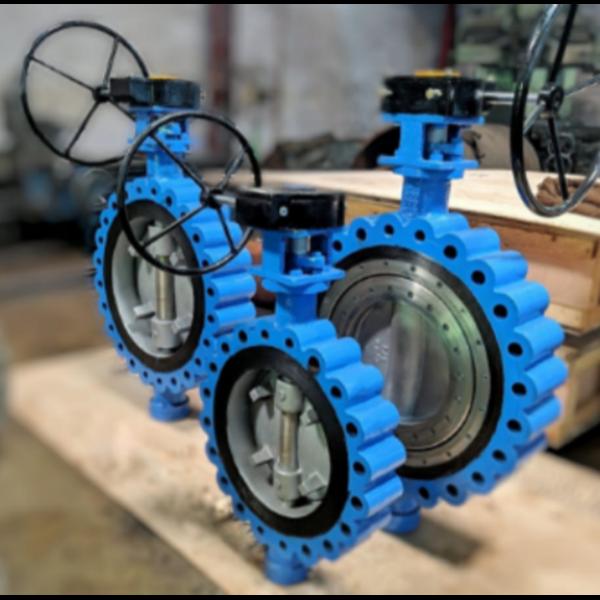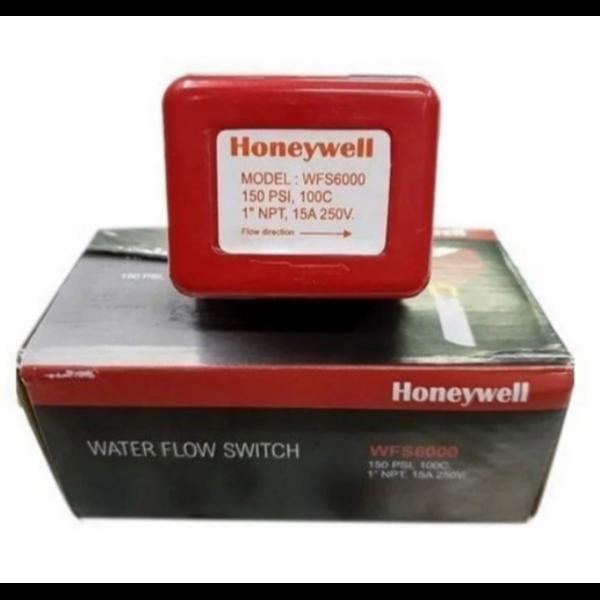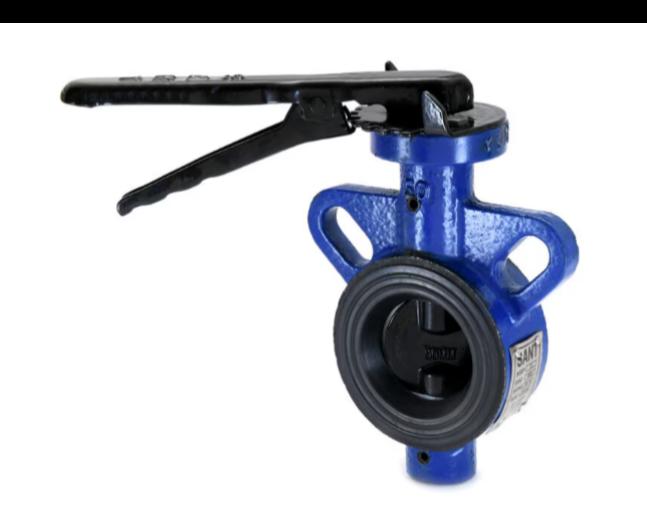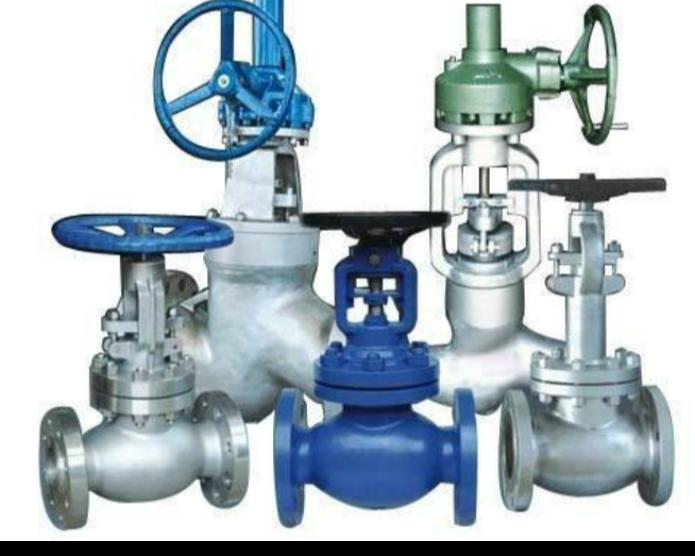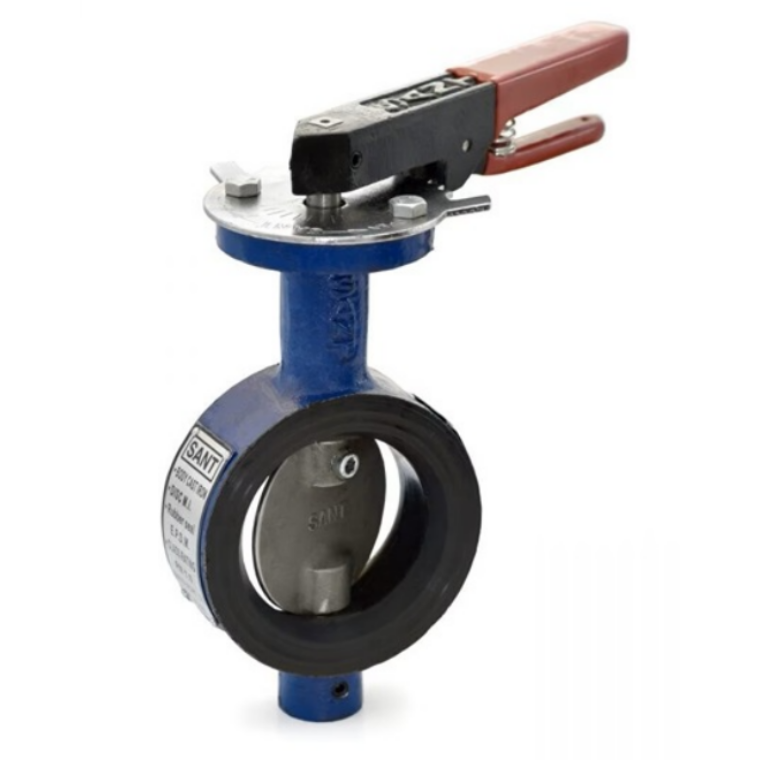
Butterfly valves are a type of quarter-turn valve widely used for regulating or isolating flow in various industrial and commercial applications. Their simple design, compact size, and ease of operation make them a popular choice across industries like water treatment, HVAC, power generation, chemical processing, and food and beverage.
The key component of a butterfly valve is the disc, which rotates around a central axis. When the valve is fully open, the disc turns parallel to the flow, allowing minimal resistance. When closed, the disc turns perpendicular to the flow, effectively sealing off the passage. These valves can be operated manually (using handles or gearboxes) or automatically (with pneumatic, electric, or hydraulic actuators).
Butterfly valves are available in several types such as concentric (rubber-lined), double-offset (high-performance), and triple-offset (metal-seated), each suited for different pressure and temperature conditions. They come in various body styles like wafer, lug, and flanged types to suit piping requirements.
A major advantage of butterfly valves is their lightweight and compact structure compared to gate or globe valves of similar sizes, resulting in easier installation and reduced maintenance. They also offer cost-effectiveness, fast operation, and reliable shutoff performance.
Common materials used for butterfly valves include cast iron, stainless steel, ductile iron, and PVC, with various seat materials such as EPDM, PTFE, or NBR based on application needs.
In summary, butterfly valves are versatile and efficient flow control devices that combine durability, low operational torque, and long service life, making them an essential component in fluid handling systems. Choosing the right butterfly valve depends on application-specific factors such as media type, pressure, temperature, and installation configuration.

